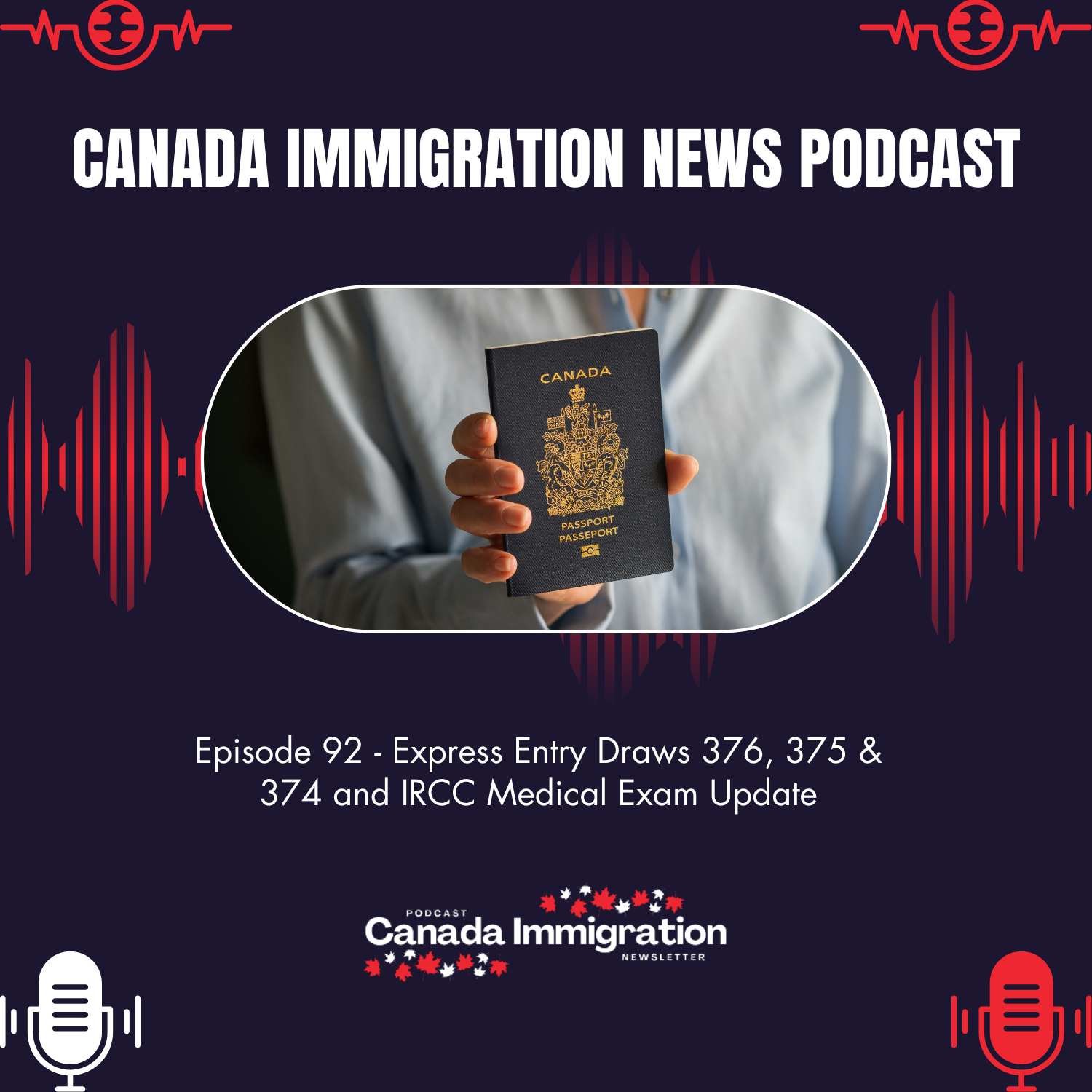Immigration Announcement
Ottawa Quebec Immigration Reform: How Two Governments Finally Found a Fragile Middle Ground

For the first time in years, political leaders in Ottawa and Quebec appear to be pulling in the same direction on Ottawa-Quebec immigration reform. After a long period filled with disputes over intake levels, regional pressures, and economic needs, both governments now concede that the current system is strained. Yet beneath the calm surface, the tensions that once defined their relationship still linger, shaping every decision and every public message.
A Rare Moment of Agreement After Years of Clashing Visions
Under Prime Minister Mark Carney, Ottawa has taken a noticeably different tone. The federal government now acknowledges that immigration levels climbed too rapidly for Canada’s housing market, labour systems, and settlement networks to keep up. Quebec, meanwhile, has softened its earlier push for steep reductions, opting instead for a more cautious slowdown.
But even this new harmony comes with a twist. While the political messaging speaks of reductions, the actual numbers tell another story. Ottawa’s “stabilization” plan raises permanent resident targets to 380,000 per year above previous thresholds. Quebec’s reductions also appear milder once the province’s reliance on temporary workers is factored in.
Why the Shift Happened Now
Several pressures forced both sides toward a shared direction:
- Businesses in Quebec’s regions depend heavily on temporary workers.
- The federal government faced criticism for population growth outpacing infrastructure.
- Both governments needed political breathing room during economic uncertainty.
These factors created an environment where neither side could continue arguing for extreme positions without facing backlash.
How Ottawa Quebec Immigration Reform Is Being Framed Publicly
Politically, the language on both sides has changed. The Ottawa-Quebec immigration reform narrative is being built around moderation, responsibility, and the need to steady the country’s population trajectory.
Ottawa emphasizes lowering the speed of population growth by adjusting temporary immigration. Quebec frames its mild reductions as safeguards for regional stability. Both sides publicly highlight areas of disagreement, particularly the federal 10 percent cap on low-wage workers to maintain political distance, especially given Quebec’s sensitive electorate.
Yet privately, Ottawa and Quebec officials reportedly share the same goals:
- Protect regional jobs
- Maintain access to essential labour in low-population areas
- Avoid disruption to businesses that rely heavily on temporary residents
This behind-the-scenes alignment explains why public arguments continue while practical decisions often move in the same direction.
Where the Numbers Reveal a Different Story
Looking past the speeches, several figures stand out:
- Ottawa’s annual permanent resident cap rises to 380,000 between 2026 and 2028.
- This exceeds the earlier 365,000 target set for 2027.
- Carney’s plan adds 148,000 more permanent residents over two years through status transitions for refugees and temporary workers.
- Quebec’s multi-year plan introduces only a slight reduction, landing around 175,000 temporary admissions over four years, about 1,000 fewer than this year.
Both governments use careful wording, leaning on temporary versus permanent categories to shape public perception.
Political Tension Remains Even Amid Cooperation
Despite the newfound policy alignment, the political relationship remains strained:
- Quebec continues to criticize federal delays on regional exemptions for low-wage workers.
- Ottawa has yet to finalize a solution, frustrating local industries.
- Quebec officials publicly place blame on the federal government, even when they share its goals.
This tension is partly strategic. A visible disagreement helps each side maintain its political identity while still quietly collaborating on shared objectives.
The Road Ahead for Immigration Reform
If both governments can move past the political theatre, smoother coordination could bring real benefits:
- More predictable immigration levels
- Better support for regional labour shortages
- Improved pathways for temporary workers contributing long-term
- Fewer sudden shifts that complicate planning for employers and newcomers
Still, whether this cooperation lasts depends on political incentives. Quebec’s ruling party often benefits from conflict with Ottawa, while Ottawa needs national cohesion on immigration to stabilize public opinion.
Why the Future of Ottawa Quebec Immigration Reform Depends on Honest Collaboration
Although both governments have finally aligned their priorities, the success of Ottawa Quebec immigration reform will depend on whether they can maintain coordination beyond public messaging. The policies now appear to be moving in the same direction, but long-term progress will require transparent decisions rather than political positioning.























